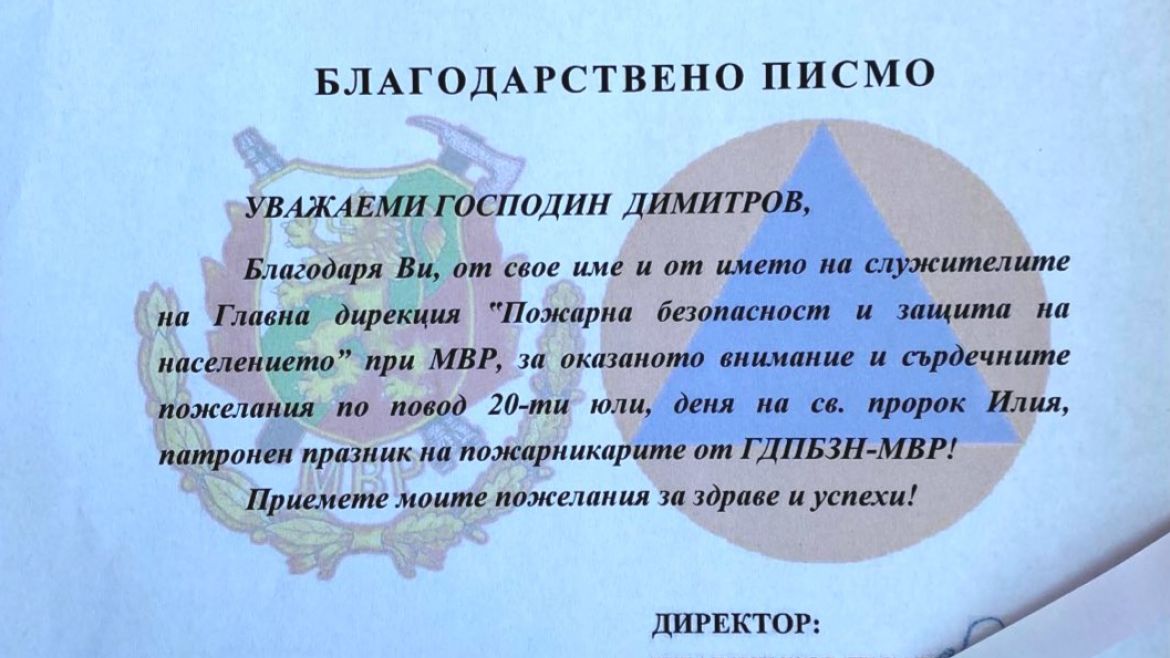The Persistence Of Measles: Understanding Continued Transmission

Table of Contents
The Role of Vaccine Hesitancy in Measles Persistence
The rise of misinformation and anti-vaccine movements has significantly impacted vaccination rates globally, contributing substantially to the persistence of measles. Decreased herd immunity, a crucial defense against the spread of infectious diseases, results directly from vaccine hesitancy. This leaves vulnerable populations, including infants too young to be vaccinated and those with compromised immune systems, at increased risk.
-
Common Misconceptions: Many misconceptions fuel vaccine hesitancy. These include the false belief that the measles vaccine causes autism (a claim repeatedly debunked by scientific research), concerns about vaccine safety and side effects (which are generally mild and temporary), and a distrust of pharmaceutical companies and government health agencies.
-
Link to Outbreaks: Measles outbreaks are frequently linked to pockets of low vaccination coverage, often fueled by vaccine hesitancy. These outbreaks disproportionately affect unvaccinated individuals and highlight the dangers of failing to achieve and maintain high vaccination rates within communities.
-
Addressing Misinformation: Combating vaccine hesitancy requires multi-pronged strategies, including public health campaigns that provide accurate information, address concerns, and promote evidence-based decision-making. Engaging trusted community leaders and healthcare providers in these efforts is essential.
Geographic and Socioeconomic Factors Contributing to Measles Transmission
Geographical limitations and socioeconomic disparities play a critical role in measles transmission. Access to healthcare, particularly in remote and underserved areas, is often limited, hindering vaccination efforts. Poverty and lack of education further contribute to low vaccine uptake, as families may prioritize immediate needs over preventive healthcare.
-
Measles Prevalence in Underserved Communities: Statistics consistently show a higher prevalence of measles in low-income communities and regions with limited access to healthcare. These communities often face barriers like transportation costs, lack of awareness about vaccination programs, and mistrust of healthcare systems.
-
Challenges in Reaching Remote Populations: Reaching remote and marginalized populations with vaccination campaigns requires innovative strategies, such as mobile vaccination clinics, community health workers, and culturally appropriate communication materials.
-
Impact of Conflict and Displacement: Conflict and displacement disrupt vaccination programs, leaving populations vulnerable to measles outbreaks. War-torn regions often lack the infrastructure and resources necessary to implement and maintain effective vaccination campaigns.
The Virus's High Contagiousness and Transmission Dynamics
Measles is exceptionally contagious, spreading easily through airborne droplets produced when an infected person coughs or sneezes. The virus's high rate of transmission is a significant factor in its persistence. The incubation period (the time between infection and symptom onset) is typically 10-14 days, and the infectious period (the time during which an individual can spread the virus) extends several days before and after the rash appears.
-
Mode of Transmission: The highly contagious nature of measles, spread through airborne droplets that can remain suspended in the air for hours, makes it exceptionally challenging to control its spread.
-
Duration of Infectivity: The extended period of infectivity, coupled with a relatively long incubation period, makes quick identification and isolation of infected individuals difficult, thereby contributing to its spread.
-
Influencing Factors: Population density and close contact within communities significantly influence measles transmission. Overcrowded living conditions, for example, increase the risk of transmission. The basic reproduction number (R0) for measles, which indicates the average number of people one infected person will infect, is high (around 12-18), underscoring the virus's inherent contagiousness.
Strengthening Measles Prevention and Control Efforts
Improving vaccination coverage requires a comprehensive approach, including targeted campaigns focused on underserved communities and individuals hesitant to vaccinate. Strong surveillance systems and rapid outbreak response are crucial in containing outbreaks. International collaboration is essential for achieving global measles eradication.
-
Successful Vaccination Campaigns: Successful campaigns often involve community engagement, culturally appropriate messaging, and addressing vaccine hesitancy through transparent communication and education.
-
Early Detection and Response: Effective surveillance systems, rapid diagnostic testing, and prompt isolation of infected individuals are vital in limiting the spread of measles.
-
Global Collaboration: International organizations like the WHO and UNICEF play a crucial role in coordinating global efforts, providing technical assistance, and supporting vaccination campaigns in low-resource settings.
Combating the Persistence of Measles: A Call to Action
The persistence of measles stems from a confluence of factors: vaccine hesitancy, socioeconomic disparities, and the virus's inherent contagiousness. Achieving and maintaining high vaccination rates is paramount to establishing herd immunity and preventing future outbreaks. Understanding the persistence of measles is crucial for effective prevention. By promoting vaccination, supporting public health initiatives, and combating misinformation, we can collectively strive towards a world free from the threat of this preventable disease. For more information on measles prevention and control, visit the World Health Organization website: [insert WHO link here].

Featured Posts
-
 Nuevo En Ticketmaster Vista Virtual Del Estadio Antes De Comprar Entradas
May 30, 2025
Nuevo En Ticketmaster Vista Virtual Del Estadio Antes De Comprar Entradas
May 30, 2025 -
 Droits De Douane Mode D Emploi Complet Pour Les Importations Et Exportations
May 30, 2025
Droits De Douane Mode D Emploi Complet Pour Les Importations Et Exportations
May 30, 2025 -
 A Public Feud Bill Gates Serious Allegations Against Elon Musk And The Response
May 30, 2025
A Public Feud Bill Gates Serious Allegations Against Elon Musk And The Response
May 30, 2025 -
 Roastable Roots A Foraging Adventure In The Country Diary
May 30, 2025
Roastable Roots A Foraging Adventure In The Country Diary
May 30, 2025 -
 Carlos Alcarazs Monaco Triumph A Hard Fought Victory
May 30, 2025
Carlos Alcarazs Monaco Triumph A Hard Fought Victory
May 30, 2025
Latest Posts
-
 Grigor Dimitrov Vliyanieto Na Kontuziyata Vrkhu Karierata Mu
May 31, 2025
Grigor Dimitrov Vliyanieto Na Kontuziyata Vrkhu Karierata Mu
May 31, 2025 -
 Kontuziyata Na Grigor Dimitrov Aktualna Informatsiya I Analiz
May 31, 2025
Kontuziyata Na Grigor Dimitrov Aktualna Informatsiya I Analiz
May 31, 2025 -
 Trumps Uncertainty What Made Him Question Elon Musk
May 31, 2025
Trumps Uncertainty What Made Him Question Elon Musk
May 31, 2025 -
 Uncertainty And The End Trumps Doubts About Elon Before The Break
May 31, 2025
Uncertainty And The End Trumps Doubts About Elon Before The Break
May 31, 2025 -
 Everything Revealed In The Star Trek Strange New Worlds Season 3 Teaser
May 31, 2025
Everything Revealed In The Star Trek Strange New Worlds Season 3 Teaser
May 31, 2025
